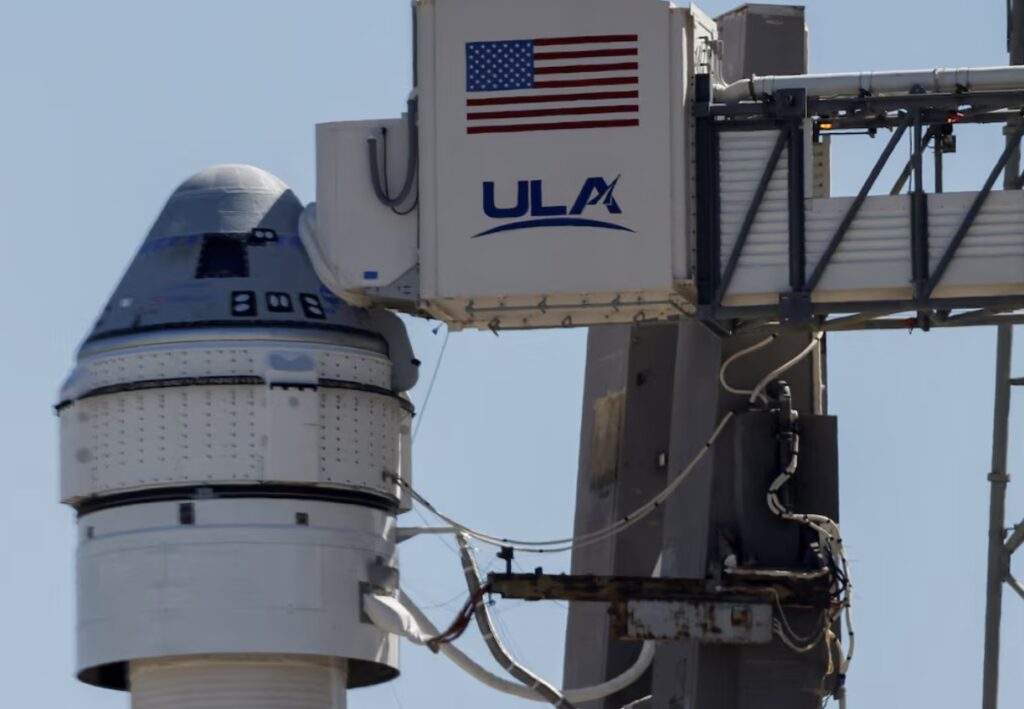25/05/2024
25/05/2024

CALIFORNIA, May 25: Boeing and NASA are pressing ahead with plans for the launch of the company’s Starliner capsule, poised to carry U.S. astronauts for the first time, despite a "stable" leak detected in the spacecraft’s propulsion system.
Mark Nappi, Boeing's vice president and manager of the company’s Commercial Crew program, addressed the issue during a press conference on Friday, expressing confidence in their ability to manage the identified causes of the leak. He reassured, "We know we can manage this [leak], so this is not a safety of flight issue."
The launch, targeting June 1 for the first crewed mission of the spacecraft, with backup opportunities on June 2, June 5, and June 6, is crucial for Boeing's Starliner program. The mission, dubbed the Starliner Crew Flight Test, aims to ferry a pair of NASA astronauts to and from the International Space Station, marking a significant milestone in the spacecraft's development before commencing routine missions.
Despite delays in Starliner’s crew debut, Boeing and NASA are pushing forward. SpaceX’s Dragon capsule has been regularly transporting astronauts for NASA since 2020 under the Commercial Crew program, while Boeing has encountered setbacks, incurring significant costs and utilizing substantial NASA development funds.
Previous attempts to launch were halted due to issues with the Atlas V rocket, operated by United Launch Alliance (ULA), a joint venture of Boeing and Lockheed Martin. However, after replacing a problematic valve, ULA officials expressed readiness for the upcoming attempt.
Following the launch postponement, a "small" helium leak was detected in Starliner, prompting reassessments of its safety. NASA Associate Administrator Ken Bowersox elaborated on the complexities of the issue, emphasizing the collaborative efforts required to address it.
Further analysis identified the source of the leak as a seal in one of the flanges of the spacecraft’s helium propulsion system. Despite the challenge, NASA and Boeing are proceeding with cautious optimism, planning to monitor the leak until launch and reevaluate it after reaching the International Space Station.
NASA’s Commercial Crew Program manager Steve Stich emphasized their confidence in the spacecraft's overall integrity, citing past missions that encountered similar issues. Another review is scheduled for May 29, with plans to move the rocket and capsule to the launch pad on May 30 in preparation for the June 1 attempt.


